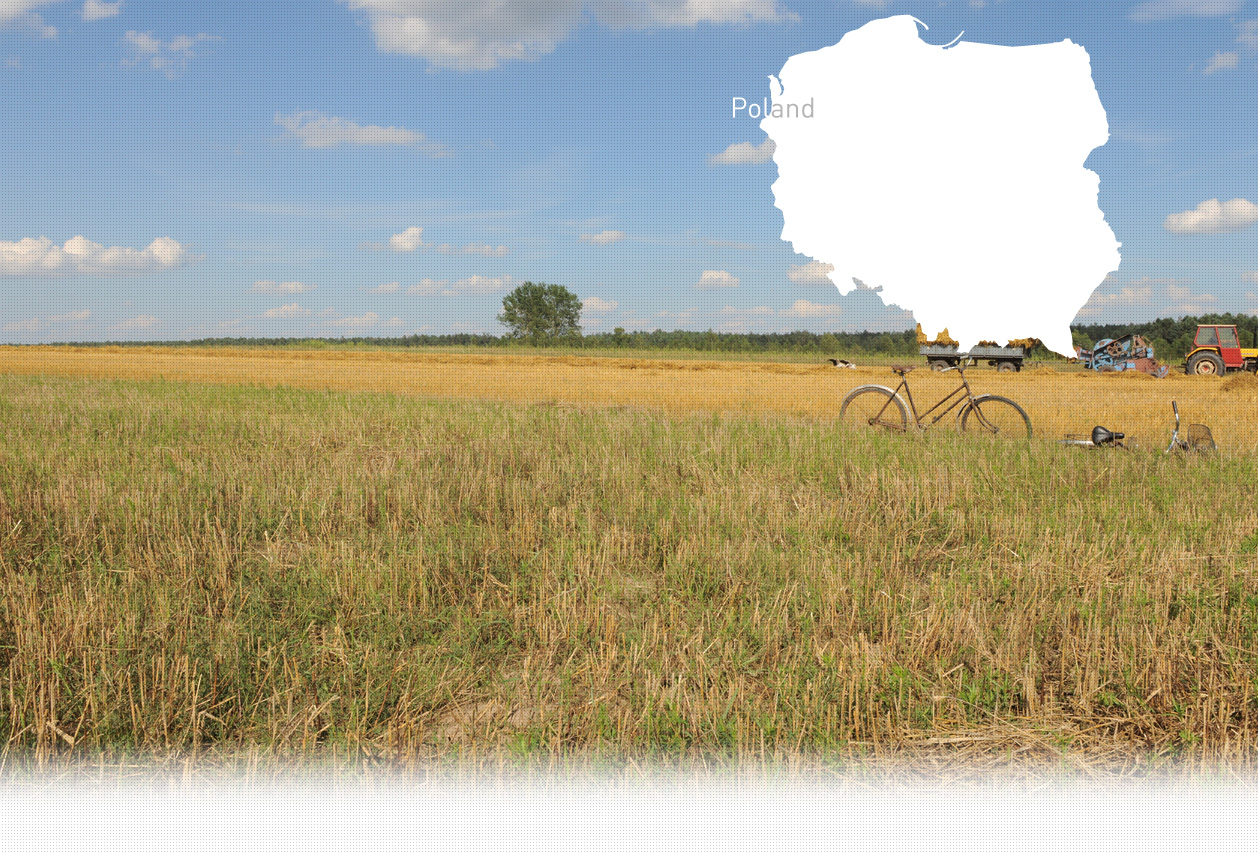

3 Killing site(s)
Lucjan P., born in 1936: “Every day three, four, or even five trains, which transported Jews, passed through the town. They were freight trains. The wagon’s windows were very small. On every third wagon there was a “break”, as we called it. The German soldiers sat there. Sometimes Jews jumped out of the trains attempting to escape. Some of them succeeded, while others didn’t. I saw with my own eyes Jews jump out of the train and run towards the woods. Many of them broke their arms or legs while landing. Once the train passed, a special patrol arrived to kill those who would have fled.” (Witness n°504, interviewed in Mianówek, on September, 21st 2015)
1/ Date and place of the execution: September and November 1941, in Mianówek, gmina Szulborze Wielkie.
2/ Type of execution/ shooting, hanging or other: shooting
3/ Data concerning executed victims:
Polish, Jews, foreigner: Jews.
Number of executed people: according to the collected information, about 2,300 people.
Where do the victims come from: from Czyzew and Zarab Koscielnych.
Name, age, profession and addresses: unknown.
4/ What were the victims accused of, or was the execution a retaliation order or other: no data.
5/ Who did the execution? Police officer, Gestapo, SS, Wehrmacht? Gestapo and police officers.
6/ Are the names of perpetrators known? Give the names: -
7/ Were the corpses burnt? Or destroyed in other manner? Where? Buried in an antitank ditch.
8/ Where were the corpses buried? In Mianówek, gmina Szulborze Wielkie, powiat Ostrow Maz.
9/ Description of the pit/ pits/ dimensions, likely number of victims per pit: 6m wide and 150m long.
10/ Did someone make an exhumation of the corpses? Was there a protocol on the pit’s place? No.[…]” [Court Inquiries about executions and mass graves in districts; Provinces, camps and ghettos. Wojewodstwo warszawskie, Sprava n°486; RG-15.019M]
Mianówek is a village located 102 km north-east of Warsaw. The Jewish community lived in the nearby town of Czyzew, located 9 km north-east of Mianówek. The first records about the Jewish community dates back to the early 17th century. The majority of Jews lived off small scaled trade and crafts. During the 18th century, the majority of the population was Jewish comprising 93% of the total population. By 1921, the statistics didn’t change much, and the Jewish community made up 85% of the total population. 1,595 Jews out of out of 1,875 lived in the town. A small group of Jews fled to the East in 1941, upon the reoccupation of the territory by Germany.
German army seized Czyzew on September, 10th 1939. As a result of Molotov Ribbentrop Pact, the Soviets occupied the town from October 1939. However, as a result of the aggression of the Soviet Union by Nazi Germany, the territory was re-occupied by Germans in late June 1941. The extermination of the Jewish population started immediately after the occupation. The majority of the local Jews along with the Jews from Zareby Koscielne, were rounded-up and confined into the school building in Szulborz. They were all taken to the forest located close to the Mianówek village and murdered on September, 28th 1941. The remaining Jews were confined in the newly created ghetto in Czyzew and were used as forced labor to repair and build railways as well as other construction works in the town and its surroundings. The ghetto was liquidated in November 1942, when the Jewish inmates were deported to the Treblinka death camp where they were murdered afterwards.
Do you have additional information regarding a village that you would like to share with Yahad ?
Please contact us at contact@yahadinunum.org
or by calling Yahad – In Unum at +33 (0) 1 53 20 13 17